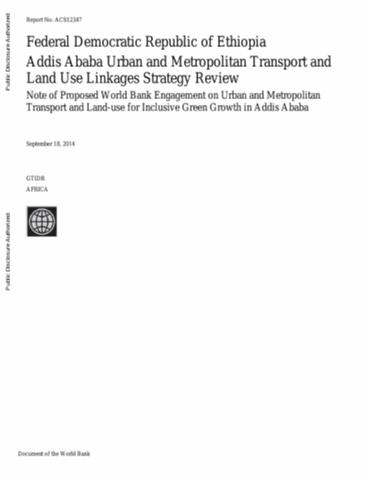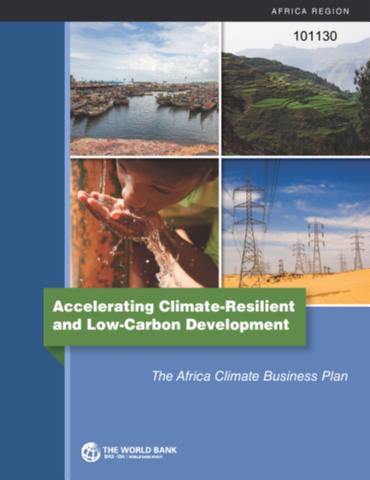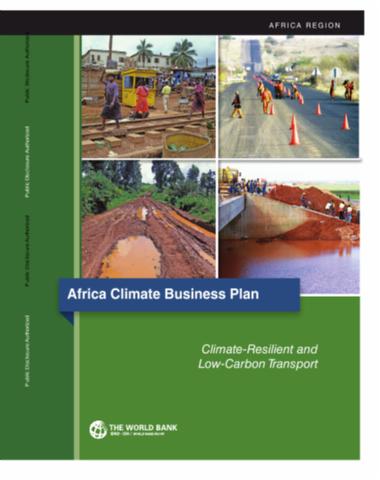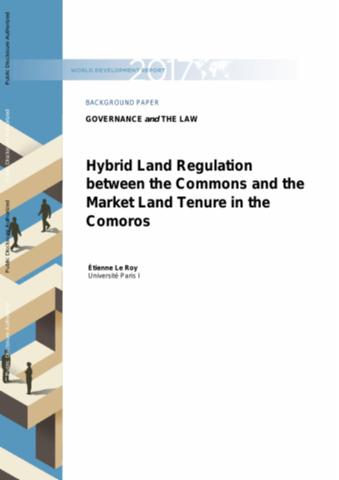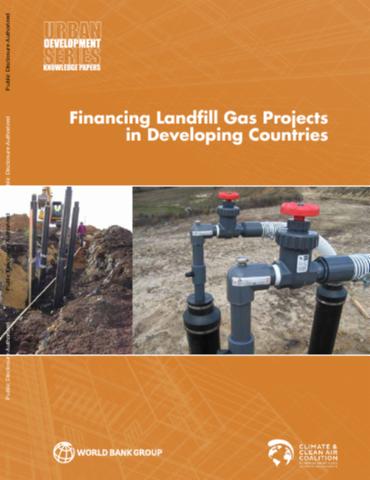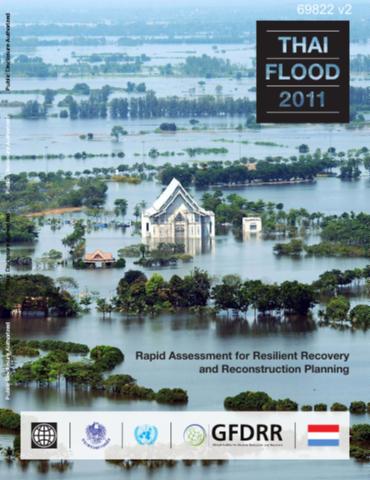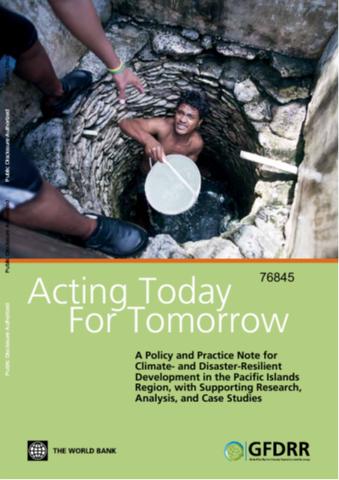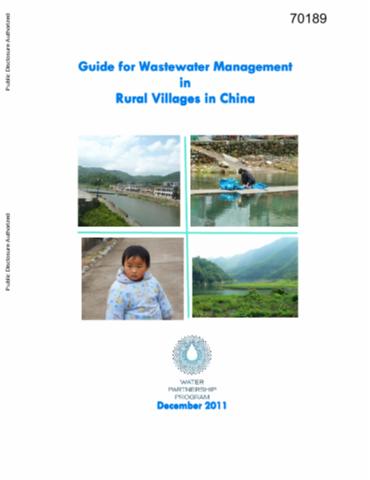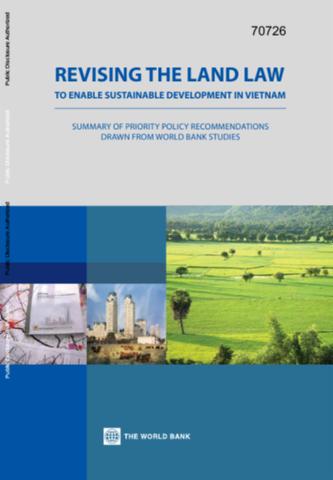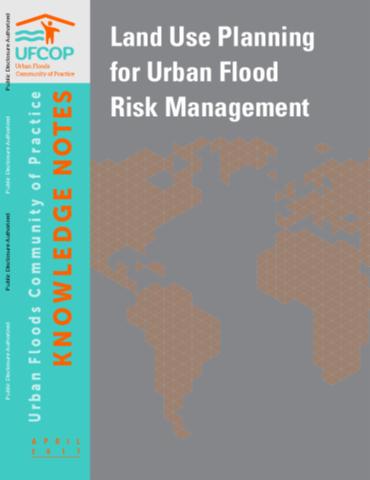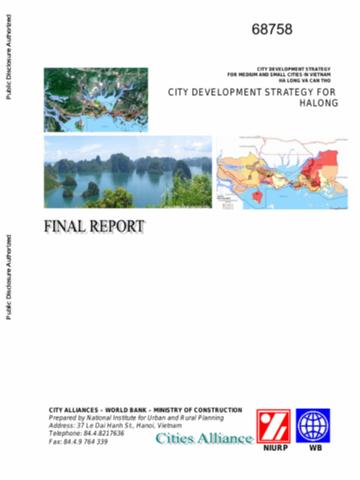Addis Ababa Urban and Metropolitan Transport and Land Use Linkages Strategy Review
Since 2004 Ethiopia has experienced strong and generally broad-based real economic growth averaging 10.7 percent per annum. It is one of the most populous countries in the world, but it is not highly urbanized. Nevertheless, urbanization in Ethiopia is taking place rapidly, and is expected to increase over the coming few decades. Addis Ababa, is its commercial and political center and exemplary of the rapid urban growth of Ethiopia. The rapid urban and metropolitan growth in Addis Ababa is exacerbated by poor planning and land-use, inadequate infrastructure, and chronic housing shortage.

